Optimal Seasons for Masonry Work
Masonry service timing depends on weather conditions, material type, and project scope. Optimal periods typically include mild, dry seasons when temperature fluctuations are minimal, ensuring proper curing and adhesion. Performing masonry work during extreme cold or high humidity can lead to issues such as cracking or improper setting.
Spring and fall are generally considered the best times for masonry projects due to moderate temperatures and low precipitation.
Avoid masonry work during freezing temperatures or heavy rain to prevent material failure and structural issues.
Materials like mortar and concrete cure best in temperatures between 40-80°F, ensuring durability and strength.
Scheduling during stable weather reduces delays and ensures quality results.
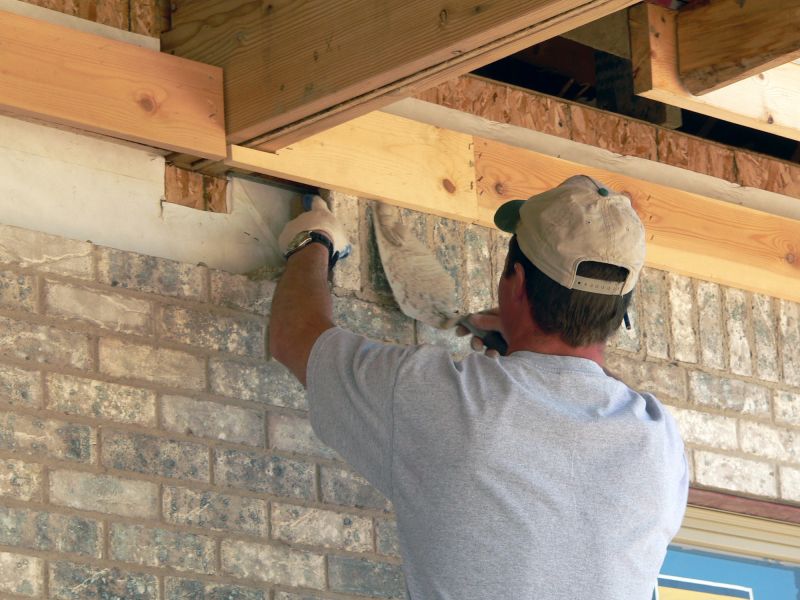
Spring offers ideal conditions with mild weather and low humidity, promoting proper curing.

Summer provides longer daylight hours, but caution is needed to prevent work during extreme heat.
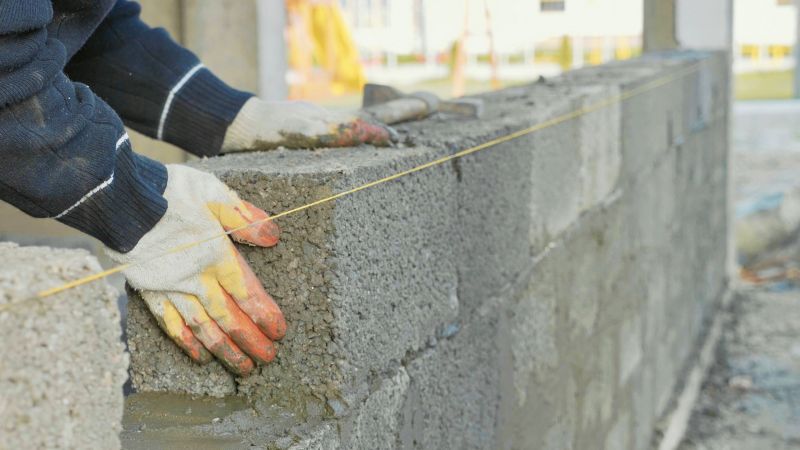
Fall's cooler temperatures and dry conditions make it suitable for masonry work before winter.

Ways to make Masonry Service work in tight or awkward layouts.
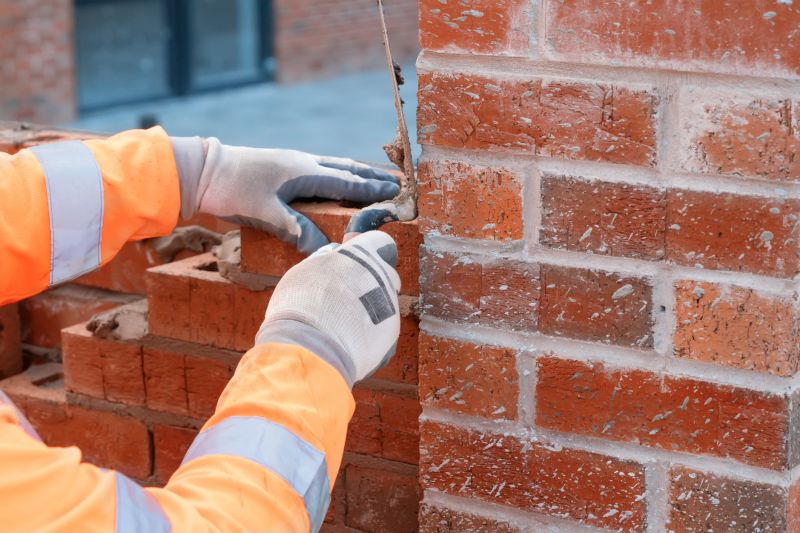
Popular materials for Masonry Service and why they hold up over time.

Simple add-ons that improve Masonry Service without blowing the budget.
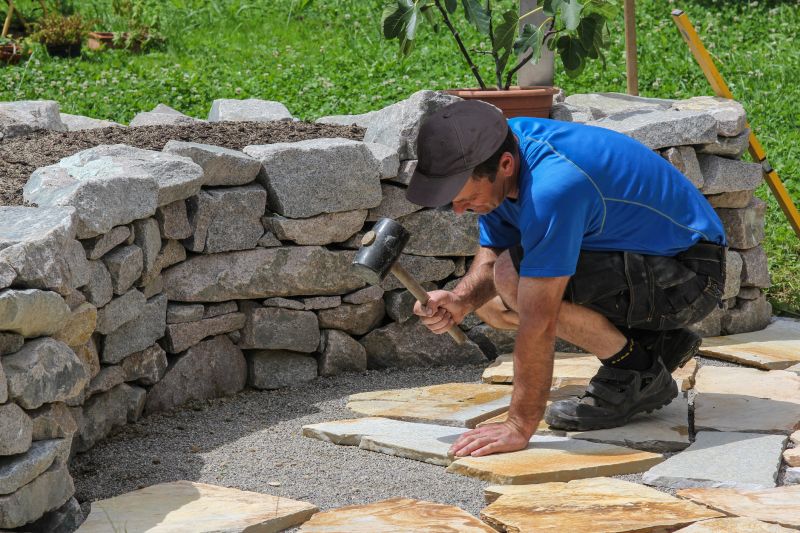
High-end options that actually feel worth it for Masonry Service.

Finishes and colors that play nicely with Masonry Service.
Masonry services encompass a variety of applications, including the construction and repair of walls, fireplaces, chimneys, and decorative stonework. Proper timing ensures these structures are durable, aesthetically pleasing, and long-lasting. Masonry work involves materials such as brick, stone, concrete blocks, and mortar, all of which require specific conditions for optimal performance.
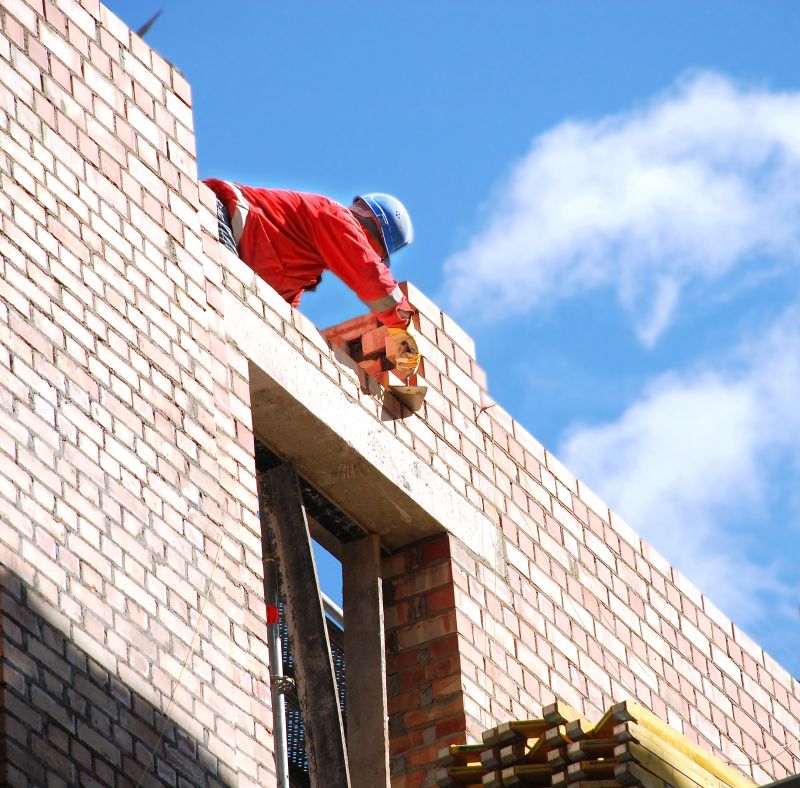
Skilled masons work efficiently during optimal weather to ensure quality results.
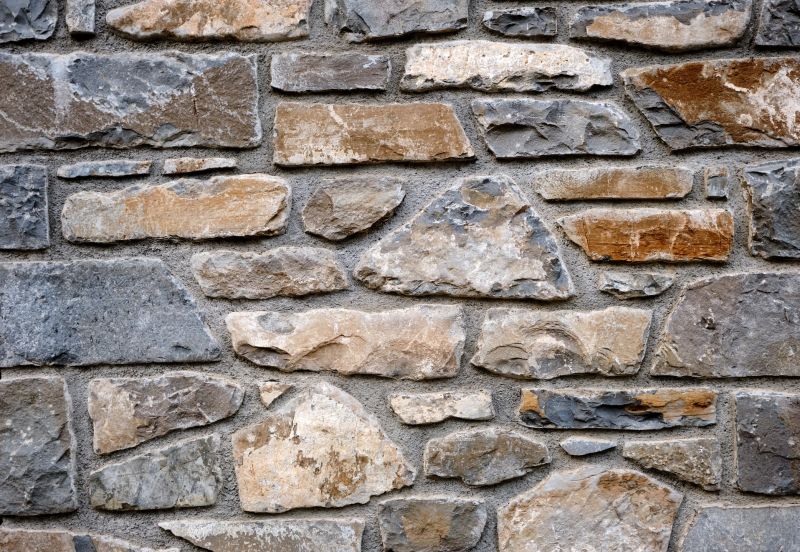
Attention to detail in stone and brick placement enhances structural integrity.

Proper curing in suitable weather conditions is crucial for concrete block durability.
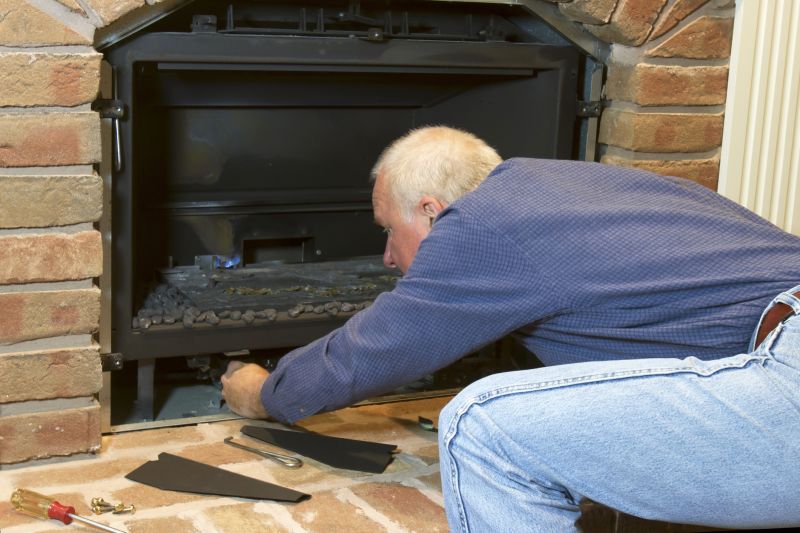
Timely masonry restoration maintains safety and aesthetic appeal.

Scheduling during dry seasons prevents moisture-related damage.

Little measurements that prevent headaches on Masonry Service day.
| Season | Optimal Conditions |
|---|---|
| Spring | Moderate temperatures, low humidity, minimal rain |
| Summer | Long daylight hours, watch for extreme heat |
| Fall | Cooler weather, dry conditions |
| Winter | Avoid due to freezing temperatures and moisture |
Choosing the right time for masonry service ensures the longevity and stability of the structures. Proper planning around seasonal weather patterns minimizes risks such as cracking, shifting, or improper curing. Masonry projects completed during suitable periods tend to have fewer repairs and maintenance needs over time.

Spring's mild weather supports effective curing of mortar and concrete.

Summer projects benefit from extended daylight but require caution during heat waves.
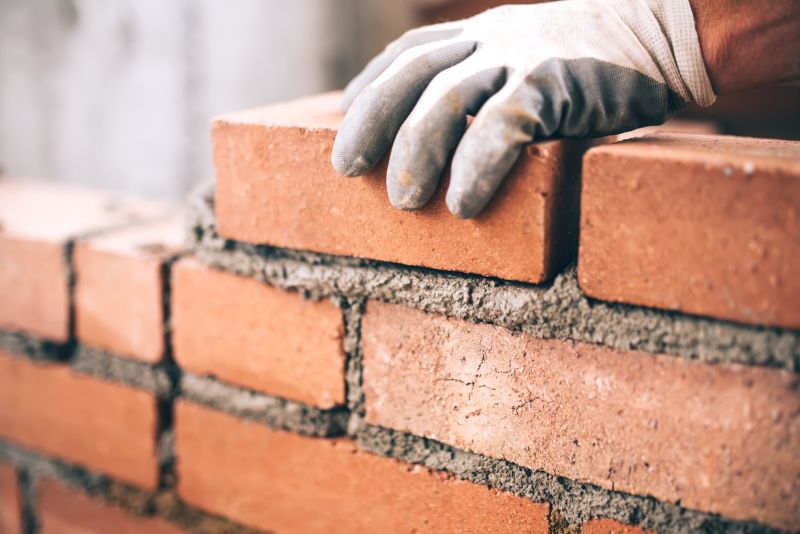
Fall provides ideal conditions before winter sets in.

Winter is generally unsuitable for masonry due to freezing and moisture concerns.

A 60-second routine that keeps Masonry Service looking new.
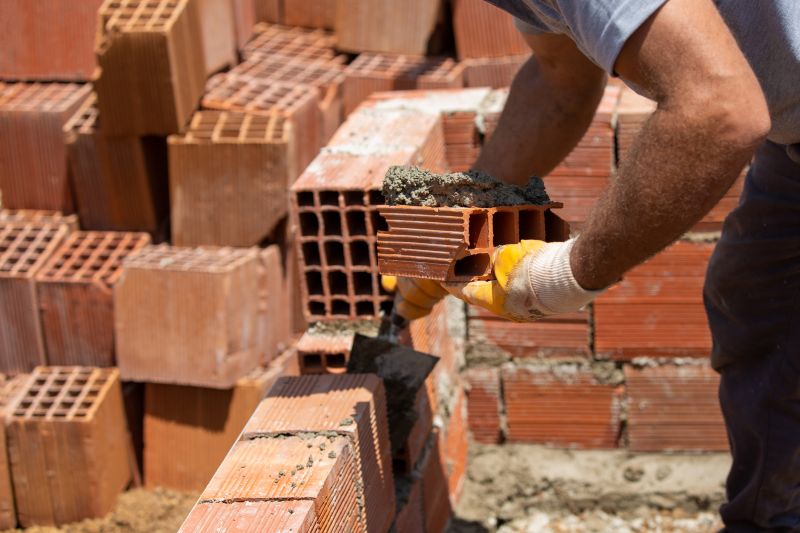
A frequent mistake in Masonry Service and how to dodge it.

Small tweaks to make Masonry Service safer and easier to use.
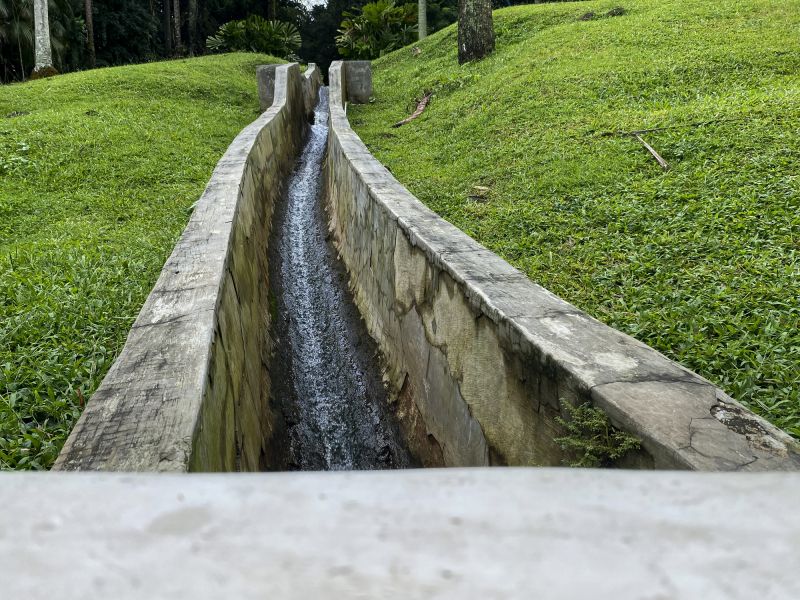
Lower-waste or water-saving choices for Masonry Service.
Interested parties are encouraged to contact for scheduling masonry work during the most suitable seasons. Proper timing contributes to the structural integrity and aesthetic quality of masonry projects, ensuring satisfaction and durability over time.
